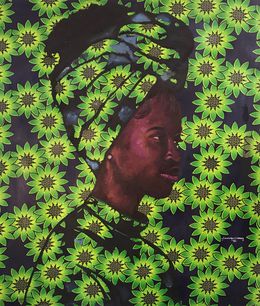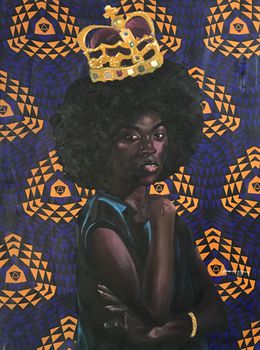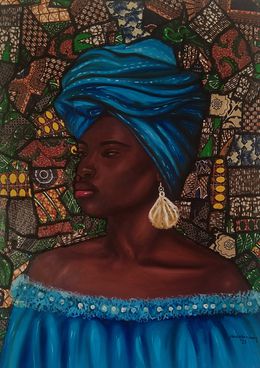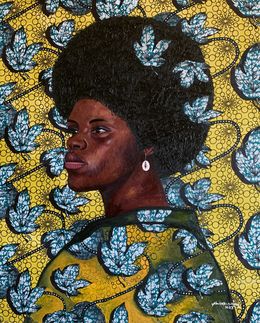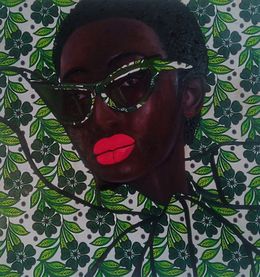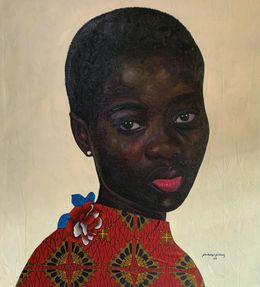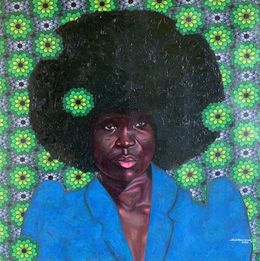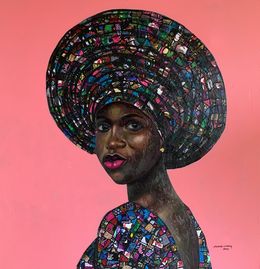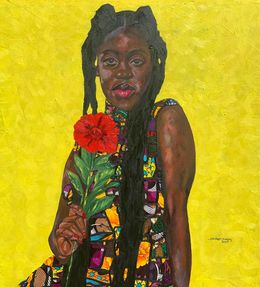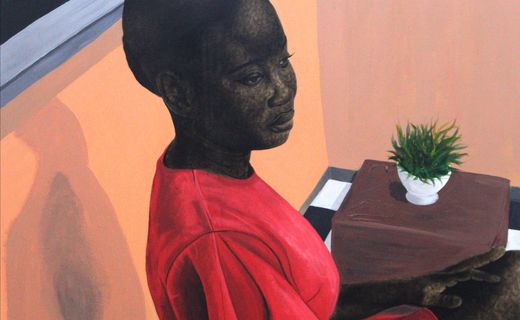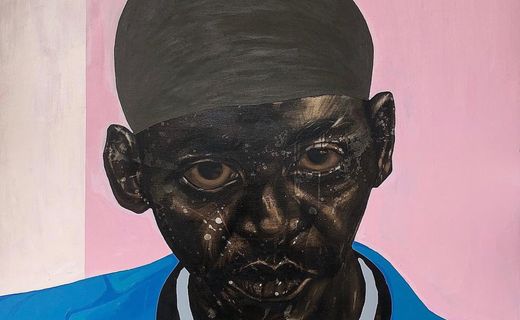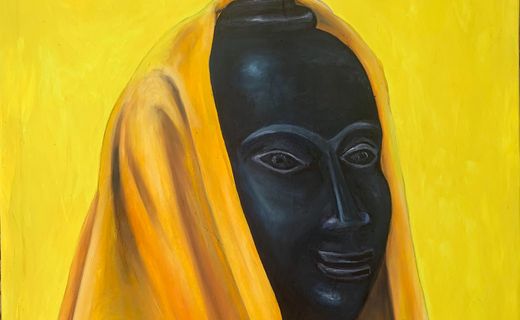The exhibition titled "What Happened to Africa Fashion" is a captivating exploration of the rich and diverse culture of Africa, as expressed through its fashion and style of dress. Through an array of striking garments, accessories, and multimedia presentations, this exhibition takes visitors on a journey to discover the essence of African fashion and its evolution over time.
Africa is a continent renowned for its vibrant cultural heritage, comprising a multitude of ethnic groups, languages, and traditions. Each region within Africa boasts its unique style of dress, influenced by its climate, geography, history, and social customs. The exhibition "What Happened to Africa Fashion" delves into these distinctive cultural threads, weaving them together to showcase the captivating tapestry of African fashion.
Traditional African garments, such as the flowing robes of West Africa's Boubou, the colorful dashikis of East Africa, or the intricately beaded garments of South Africa, serve as a testament to the centuries-old craftsmanship and artistry that define African fashion. These garments embody the cultural identities, beliefs, and social hierarchies of African communities, each stitch telling a story of heritage and tradition.
In recent years, Africa has witnessed a renaissance in fashion, with designers drawing inspiration from traditional African aesthetics and infusing them with contemporary elements. The exhibition explores this dynamic fusion, showcasing how African designers have embraced their cultural roots while pushing the boundaries of creativity and innovation. Visitors will have the opportunity to admire the works of renowned African designers who have gained international acclaim for their bold and unique designs.
Furthermore, the exhibition highlights the impact of Africa's fashion industry on the global stage. African textiles, such as Ghana's Kente cloth, Nigeria's Ankara prints, or Senegal's vibrant wax prints, have gained popularity worldwide, becoming symbols of African identity and fashion expression. These fabrics are not only admired for their visual appeal but also for the economic opportunities they provide to local artisans and communities.
The style of dress within African cultures also reflects the diversity and dynamism of the continent. From the intricate headwraps and gele worn by African women to the tailored suits and vibrant agbada worn by African men, the exhibition showcases the myriad ways in which Africans express their personal style. Visitors will witness the fusion of tradition and modernity, as well as the influence of global fashion trends on African fashionistas.
The exhibition "What Happened to Africa Fashion" prompts viewers to reflect on the cultural significance of African fashion and its role in shaping individual and collective identities. It also challenges preconceived notions and stereotypes by highlighting the richness, complexity, and global relevance of African fashion. By celebrating the diversity and creativity of Africa's fashion industry, the exhibition pays homage to the cultural heritage and innovation that continue to shape the continent's fashion landscape.
The exhibition presents a fascinating exploration of the diverse and captivating style of dressing of the Yoruba people of Nigeria. This exhibition takes visitors on a visual journey through the intricacies, symbolism, and beauty of Yoruba fashion, showcasing its rich heritage and enduring influence.
The Yoruba people, one of Nigeria's largest ethnic groups, have a long and storied history of sartorial expression. Traditional Yoruba attire is renowned for its exquisite craftsmanship, bold patterns, vibrant colors, and attention to detail. The exhibition "What Happened to Africa Fashion" offers a captivating glimpse into the best Yoruba style of dressing, shedding light on its significance within Yoruba culture and its impact on the broader African fashion landscape.
One of the iconic elements of Yoruba fashion is the gele, a headwrap worn predominantly by Yoruba women. The gele is an exquisite work of art, meticulously wrapped around the head and adorned with intricate pleats and folds. It serves as a symbol of beauty, elegance, and cultural pride. The exhibition showcases a stunning array of gele styles, each reflecting the individual creativity and personal expression of the wearer.
Another remarkable aspect of Yoruba fashion is the traditional attire known as the Aso-oke. This fabric, handwoven on a traditional loom, is often used to create stunning outfits for special occasions such as weddings, festivals, and ceremonies. The exhibition highlights the Aso-oke's vibrant colors, intricate patterns, and luxurious textures, showcasing the skill and artistry involved in its creation. Visitors are treated to a visual feast of Aso-oke ensembles, adorned with beautiful embellishments and accessories.
The exhibition also explores the unique significance of Yoruba fashion in communicating social status, identity, and cultural values. Yoruba traditional attire often features motifs and symbols that convey messages or hold spiritual meanings. Adire, a resist-dyeing technique used to create patterned fabrics, is one such example. The exhibition showcases Adire fabrics adorned with symbols and motifs that tell stories, celebrate deities, or serve as a form of social commentary. Each outfit serves as a wearable piece of art, communicating a rich cultural narrative.
Furthermore, Yoruba fashion has had a lasting impact on contemporary African fashion and global trends. Yoruba-inspired styles, fabrics, and patterns have gained recognition and popularity in the fashion world. Designers across Africa and beyond have drawn inspiration from Yoruba fashion aesthetics, incorporating elements of Yoruba culture into their creations. The exhibition "What Happened to Africa Fashion" celebrates this influence and showcases how Yoruba fashion continues to shape the broader African fashion landscape.
In conclusion, "What Happened to Africa Fashion" is a captivating exhibition that shines a spotlight on the best Yoruba style of dressing. It invites visitors to appreciate the exquisite craftsmanship, vibrant colors, and symbolic significance of Yoruba fashion. By highlighting the beauty and cultural heritage of Yoruba attire, the exhibition not only pays homage to the Yoruba people but also underscores the enduring impact of Yoruba fashion on the broader African fashion scene. Through this exploration, viewers are encouraged to celebrate and embrace the richness and diversity of African fashion. "What Happened to Africa Fashion" is a captivating exhibition that celebrates the cultural vibrancy, heritage, and innovation of African fashion and style of dress. It invites visitors to explore the rich tapestry of African cultures, showcasing traditional garments, contemporary designs, and personal style choices that reflect the dynamic nature of Africa's fashion industry. Through this exhibition, the timeless elegance, craftsmanship, and cultural significance of African fashion are brought to the forefront, creating a deeper understanding and appreciation for Africa's unique sartorial heritage.
Read more
